How to identify defective coffee beans? Buy hand-made coffee beans with many defects?
For a long time, some friends have sent it to Qianjie in the form of photos, asking, "is this defective bean, is that defective bean?"... " In the face of ripe beans looking for defects, many friends are incarnated as Leeuwenhoek, will not let go of the slightest flaw. However, in the photos seen in Qianjie, 9% of Chengdu is not a defective bean.
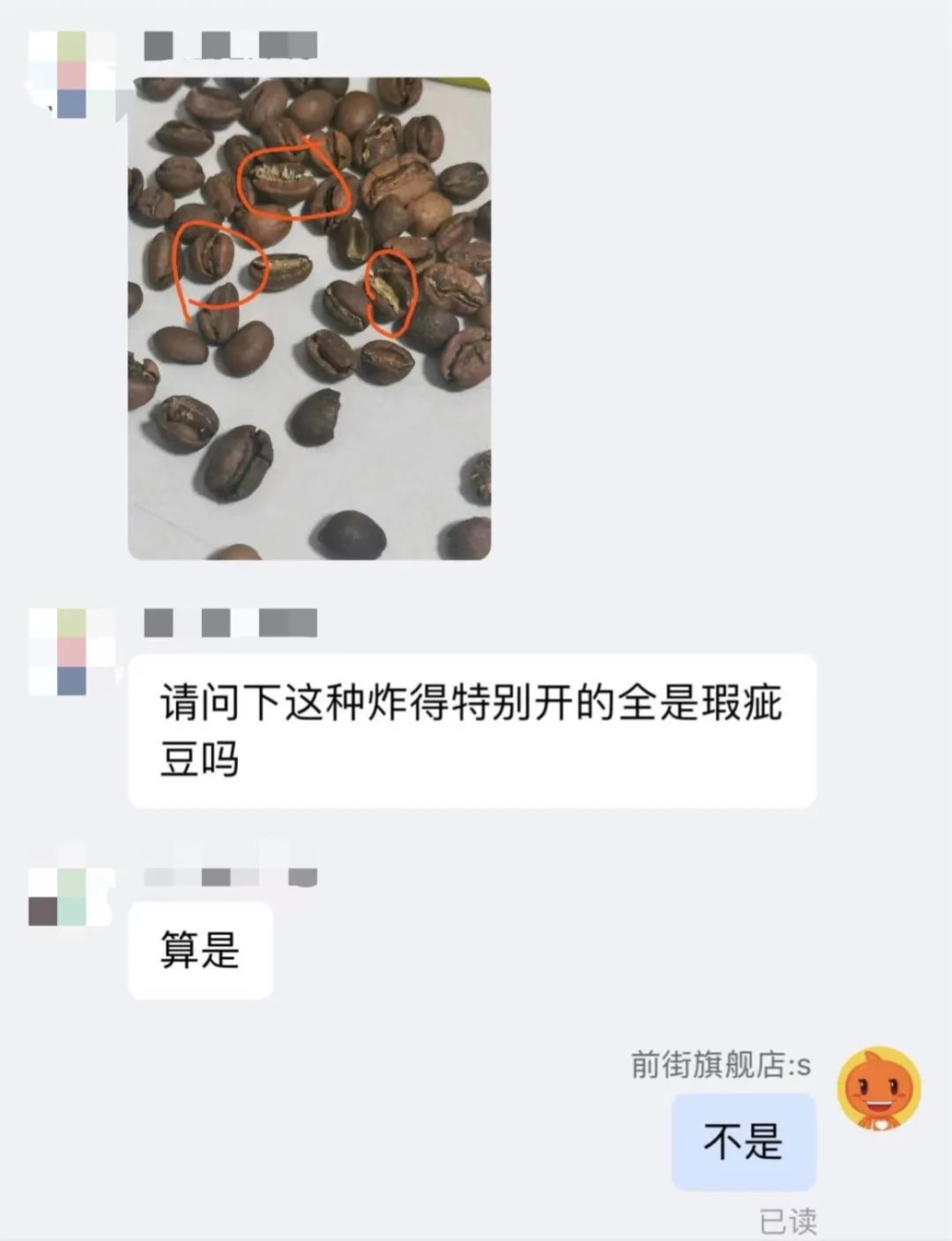
There are two main reasons for such a big misunderstanding. the first is that consumers who only come into contact with cooked beans rarely see real defective beans; the second is to treat coffee beans as products produced by an industrial assembly line. I think that there is a very formula standard for the appearance of coffee beans. Now the dissemination of information is very developed, a little search on the Internet can find the content of coffee defective beans, such as moth-eaten beans, moldy beans, shell beans, Kuike beans (white beans) and so on, although some examples will be attached online, but for not really seeing the real thing, it is still very abstract, and the last thing I can remember is the name of the defective bean and its simple definition.
The vast majority of defective beans are reflected in the raw bean level, such as the coffee grade tables made by many coffee-producing countries, there are certain regulations on the amount of defects in raw coffee beans. For example, in Ethiopia's G1 grade, no more than 3 defective beans are allowed in 350 g raw coffee beans. In other words, no more than 3 defective beans are allowed in about 2300 coffee beans. Blue Mountain Coffee, which is based on the number of coffee beans, also has a requirement of no more than 2% for defect rate.
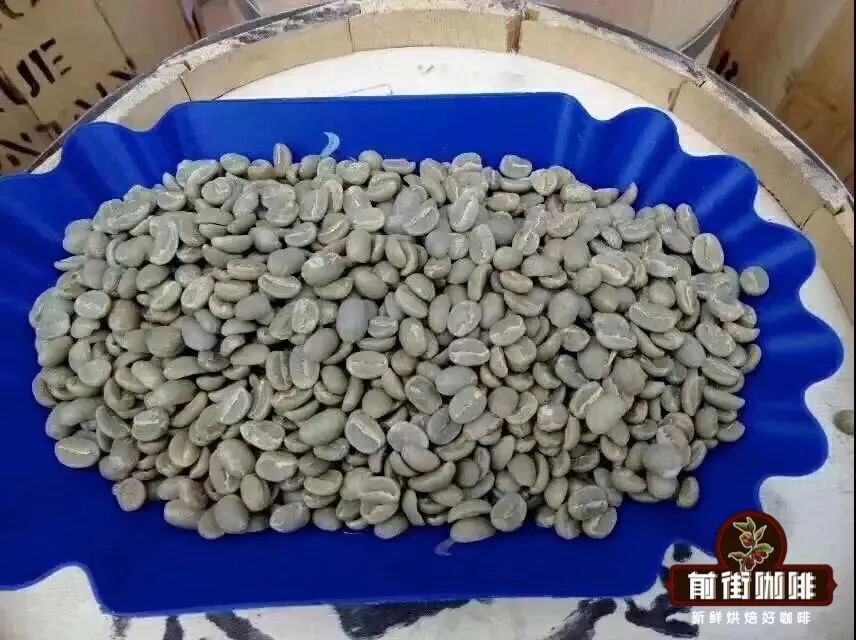
Therefore, the proportion of defective beans at the raw bean level is very small, and when it comes to baking, there may be defective beans that occur during baking, such as meteorite crater beans on the roasted bean table, and white beans that are difficult to see in raw beans. After baking, the color will be much lighter than normal coffee beans. There are also some fake shell beans, which are intact in the state of raw beans, but split after baking.
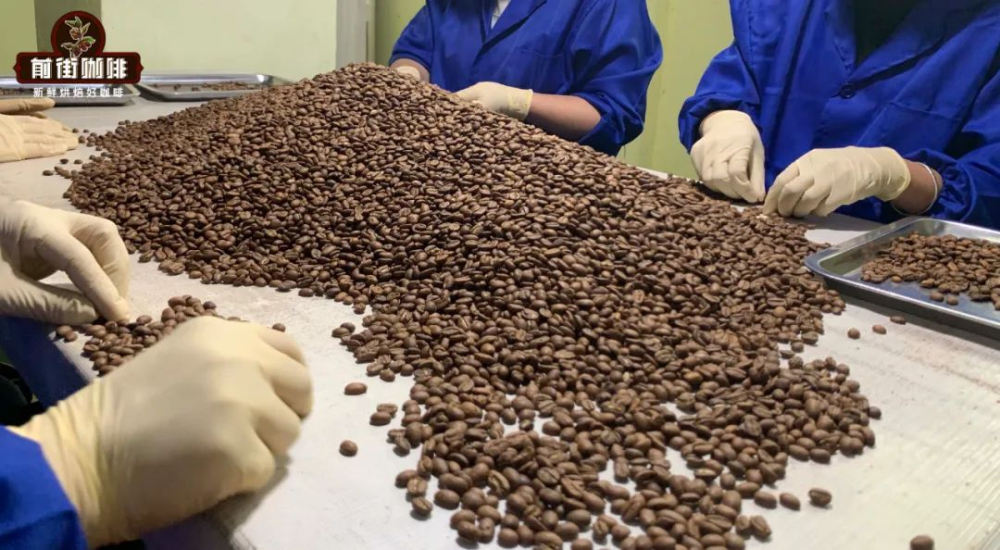
In the face of these situations, Qianjie's practice is that after each batch of coffee beans are roasted, they will be manually screened to pick out these defective beans. So actually reach the end of the hands of consumers, it has been difficult to see the coffee industry that the major defective beans. (to be explained here, some minor defects will still exist, such as broken beans, because after baking and packaging, they have to go through transportation before they can reach consumers, and there may be a small amount of broken beans because of the collision during transportation. but it won't have a significant impact on the flavor of the coffee. ) the front street below to share the situation that is often mistaken by consumers for defective beans! A friend who has bought a whole bag of round beans (PB) may find this question strange. But it is true that many friends will pick out round beans from a bag of flat beans and ask, "is this a defective bean?"
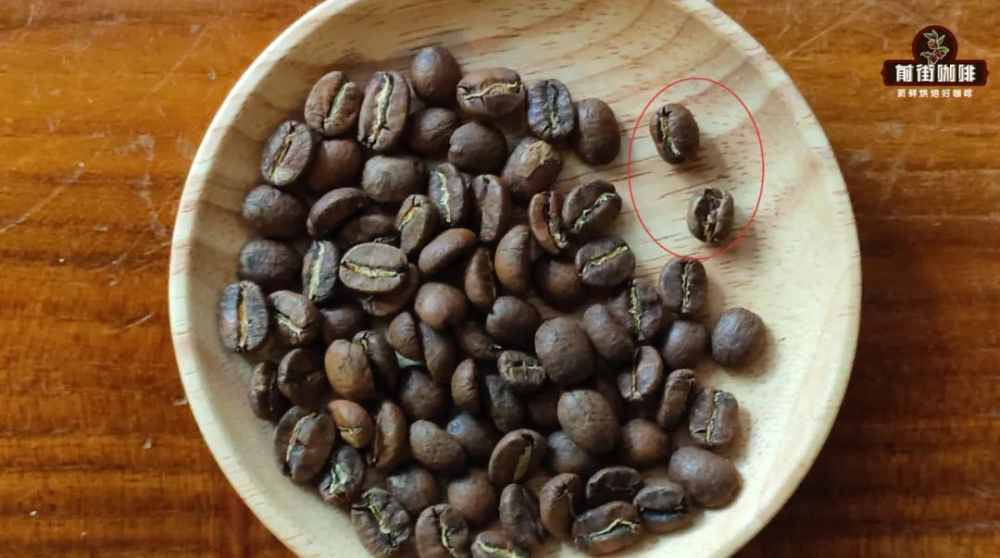
The normal coffee fruit contains these two coffee beans (seeds). The side of the flat beans is flat because it is made up of two flat beans to form a fruit. The round bean is more special, because it is affected by the environment or its own genes, one ovule in the fruit cannot be pollinated, so it provides double space for the other ovule to develop, forming a situation in which a fruit has only one coffee bean. So round beans are not defective beans, some producing countries (such as Kenya, Jamaica) will pick out round beans and sell them separately, while most producing countries will not do so, so it is very normal to find several round beans in a bag of coffee beans. Coffee beans burst open this question is also the question of the friend at the beginning. Some coffee beans are cracked and look incomplete and can easily be mistaken for defective beans. In fact, this is also a normal coffee bean, or because of the high density of coffee beans, heat absorption and energy storage during baking, burst violently when they arrive at an explosion, and blow themselves up. Although it does not look good, it has no effect on the flavor of coffee. On the contrary, it will make the coffee taste better because of their existence.
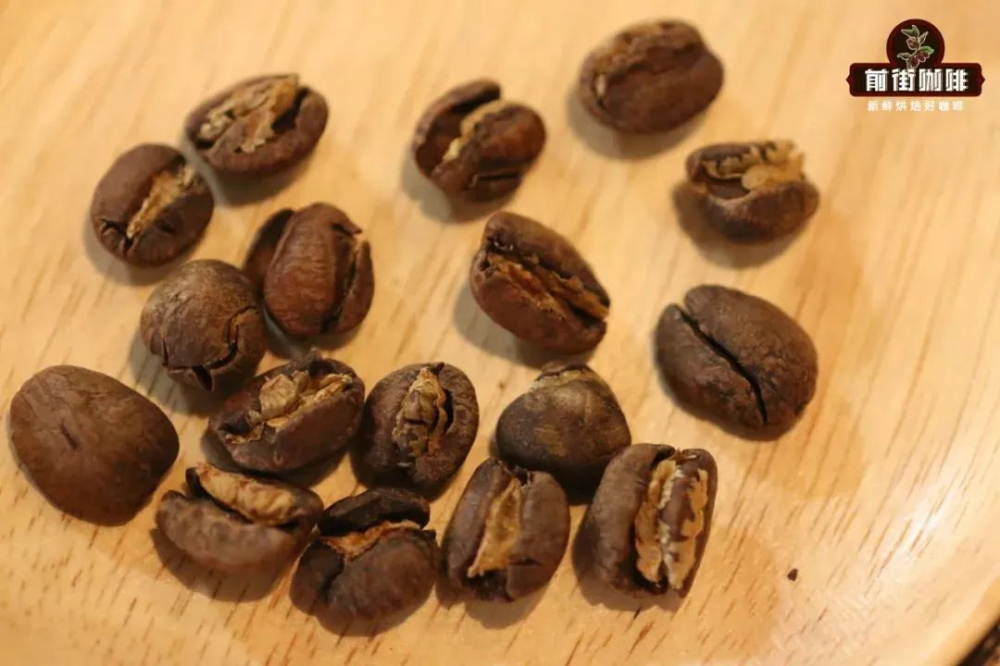
-the surface color of coffee beans is uneven, and some friends will pick out the light ones when they see the uneven color of coffee beans and ask, "Why are there so many white beans?" First of all, what is Bai Mu Dou in front of the street? In fact, it is an immature coffee fruit, after processing, it is difficult to distinguish, and it has to be roasted before it shows obvious color difference. In addition to large-scale mechanized harvesting on the Brazilian plateau, manual harvesting and small machinery-assisted harvesting are used in most other producing areas. Now most high-quality coffee beans pay attention to all-red fruit harvest, that is to say, it is a small probability event to be able to pick out a large number of white beans from cooked beans.
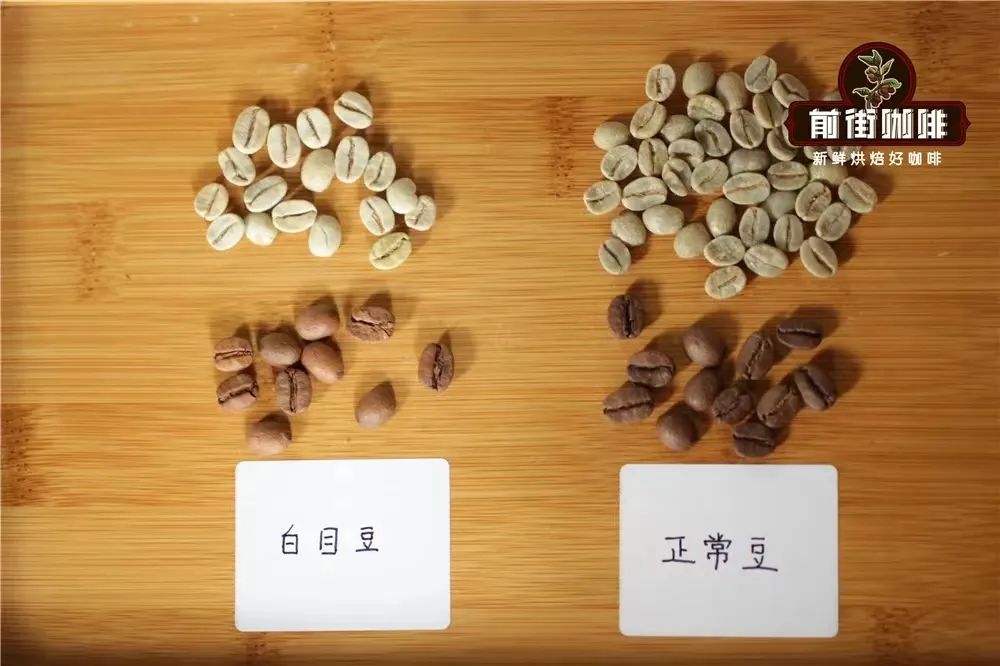
So what are such light-colored coffee beans? Qianjie concluded that the friends who asked these questions bought coffee beans from Costa Rica or Colombia, and coffee beans from these countries mostly use heavy fermentation such as honey treatment and anaerobic treatment, so that some coffee beans are attached to more sugar. Some coffee beans are cleaner. After the baked caramelization reaction, the areas with more sugar on the surface will appear darker, while the cleaner places will be lighter, resulting in two colors in a batch of coffee beans. The bean body is withered and there are many black spotted stripes. finally, there is another situation that most friends think are defective beans, that is, they are all dry and shrunken, and there are many markings on the surface, which does not look like some classic coffee bean pictures.
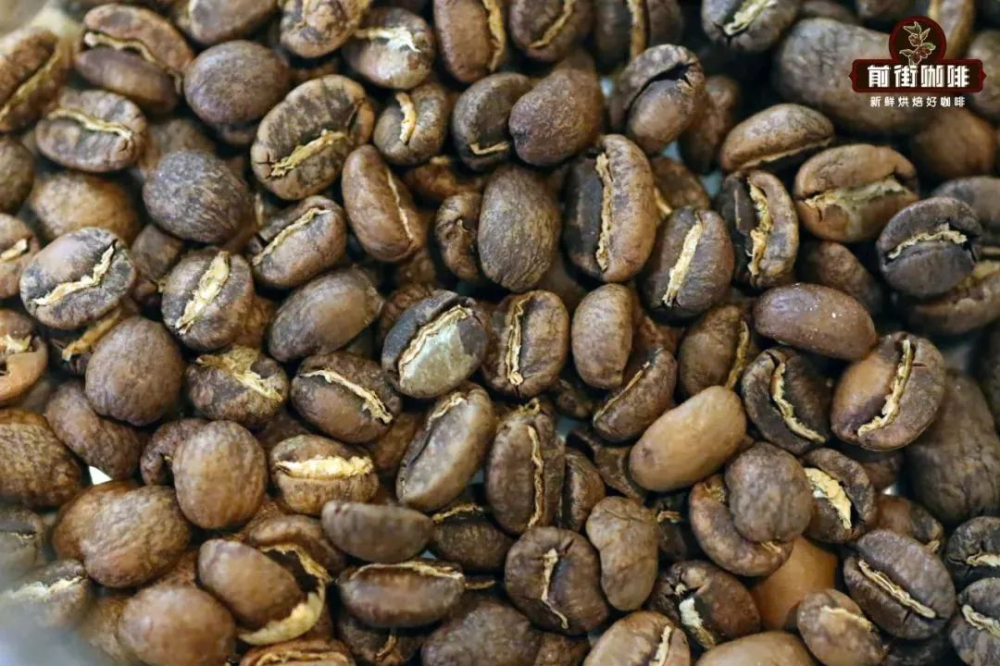
Although this kind of bean is not good-looking, it is very delicious, let alone defective beans! Coffee beans with this phenomenon are generally shallow roasted coffee beans at high altitude. Beans with high altitude are dense and wrinkled when evaporated during baking, and coffee beans are baked before they are stretched. So they keep the wrinkled stripes after shrinkage, which looks dry and shrunken. In fact, to stretch the surface is very simple, just continue to bake, let the coffee beans absorb enough calories to expand, then the surface will become smooth, but the taste is definitely wrong.
Important Notice :
前街咖啡 FrontStreet Coffee has moved to new addredd:
FrontStreet Coffee Address: 315,Donghua East Road,GuangZhou
Tel:020 38364473
- Prev

How to make a siphon pot of coffee in the hill of siphon coffee
Watch "powder pit" for hand coffee, "pressed powder" for Italian coffee, and "hill" for siphon coffee. This is the ancient metaphysics spread in the coffee circle. "Ancient times" means that there is no way to verify which person or which schools were first put forward, and then spread ten or ten hundred, and slowly formed a "consensus."
- Next

Is it normal for espresso to have sediment? What is the reason why there is coffee residue powder in the coffee cup?
A friend said in a private letter, "there are some black granular deposits at the bottom of the recently extracted espresso. Is this normal?" This seems to be an abnormal phenomenon, in fact, it is a normal phenomenon! These black particles deposited at the bottom of espresso are actually coffee powder falling through the mesh of the powder bowl.
Related
- Beginners will see the "Coffee pull flower" guide!
- What is the difference between ice blog purified milk and ordinary milk coffee?
- Why is the Philippines the largest producer of crops in Liberia?
- For coffee extraction, should the fine powder be retained?
- How does extracted espresso fill pressed powder? How much strength does it take to press the powder?
- How to make jasmine cold extract coffee? Is the jasmine + latte good?
- Will this little toy really make the coffee taste better? How does Lily Drip affect coffee extraction?
- Will the action of slapping the filter cup also affect coffee extraction?
- What's the difference between powder-to-water ratio and powder-to-liquid ratio?
- What is the Ethiopian local species? What does it have to do with Heirloom native species?

